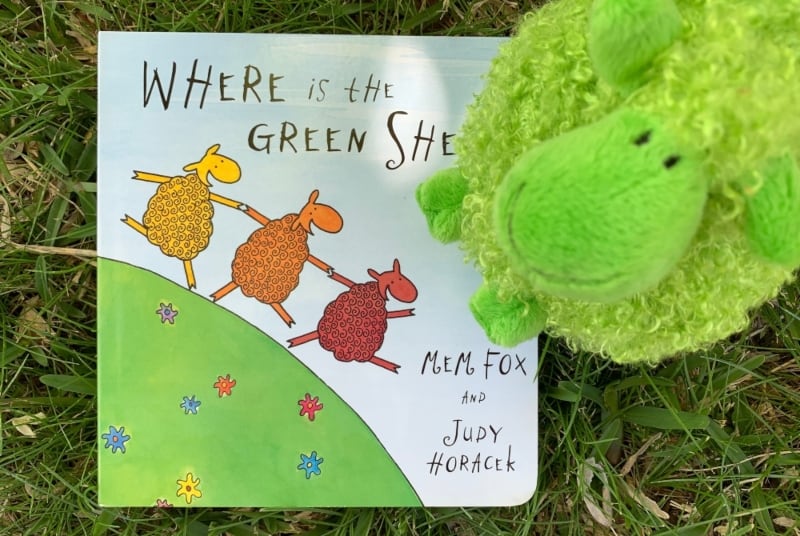
Why do so many little people love the green sheep?
Where is the Green Sheep? is a wonderful rhyming book for young children written by Australian author, Mem Fox, with illustrations by Judy Horacek.
The book has been super-popular with children and adults since it was first released in 2004 and it’s now available in various formats, including a beautiful board book. It’s been translated into many different languages (including Spanish, Russian, Korean, Hebrew, Maori, Vietnamese and Portuguese) and is adored by millions of children around the world. And it’s one of the very special books I chose to include in our Baby’s First Library Gift Basket.
So why is that? What is it about this one book that appeals so much to young children and makes it so much fun to read aloud?
I became interested in this question because I’ve now given this book to many young children as a gift and literally every one of them adores it.
But there are thousands of board books and picture books around so what makes this one such a stand-out?
Investigating the green sheep
In my quest to find out what makes Where is the Green Sheep? such a special book, I did quite a bit of research (I love research). I read a lot about what makes a picture book a really good picture book and I talked to lots of parents. And what I discovered is that Where is the Green Sheep? is pretty much the perfect book for small humans.
This is because it features four elements that babies and young children really love:
- an interesting mystery;
- rhyme, repetition and a pleasing rhythm;
- a satisfying and comforting ending;
- appealing illustrations;
This sounds simple and, of course, at least two of these are essential elements of any good book for humans of any age but it happens that these four elements are especially important to babies and young children. Look at any book written for very young children and you’ll see that these things are present in almost every book that becomes a favourite.
And it’s no coincidence that these four aspects of good picture books are also important for children from a developmental point of view.
I find this stuff fascinating and, on the off-chance that you do too, here is what I discovered about Where is the Green Sheep?
1. The plot and the mystery: where is the green sheep?
Where is the Green Sheep? is aimed at the 0-3 years age group so, as you might expect, the story’s text and plot are super-simple. And the text is short – only 190 words in total.
The book follows various sheep of different colours doing different things while the green sheep is nowhere to be found. Then, on the final page, the green sheep is found, safe and well and – spoiler alert – fast asleep.
The plot may sound simple at first glance but delve a little deeper and there are actually a few quite complex things going on in this story.
To begin with, there’s the problem of the missing green sheep.
Children – even very young children – like stories where there is a problem or mystery of some kind. As adults, we know that a story without a problem is boring and children are no different from adults when it comes to this aspect of a story.
A really wonderful book for children needs to have a problem or some kind of trouble which is serious enough – in the eyes of the child – that they think it’s the end of the world. As Mem Fox says, children listening to the story “have to be utterly, utterly dismayed before we allow them to soar with thankfulness when the trouble is finally removed, and everyone lives happily ever after.” (Fox, 2013).
And for a young child, what could be more serious and more frightening than being lost? In fact, being separated from their parent or caregiver is no less than an existential crisis for a young child. This is something that children are dimly aware of, though they can’t, of course, articulate the fear. So children recognise the prospect of being lost – or of losing mum or dad – as a really serious problem and the mystery of the lost sheep and the search for him or her (the green sheep’s gender is not revealed) goes to heart of every young child’s biggest fear.
2. Rhyme, repetition and rhythm
Author Mem Fox describes Where is the Green Sheep as “a rhyming, patterned quest for a green sheep.” (Fox, 2013).
I love that.
And it brings us to another important thing about the book: its rhyme, rhythm and repetition.
 Where is the Green Sheep? follows a pattern which sees each double-page spread showing two sheep with characteristics that are either opposites or connected in some way. There is the near sheep and the far sheep; the scared sheep and the brave sheep; the moon sheep and the star sheep.
Where is the Green Sheep? follows a pattern which sees each double-page spread showing two sheep with characteristics that are either opposites or connected in some way. There is the near sheep and the far sheep; the scared sheep and the brave sheep; the moon sheep and the star sheep.
The words involved in these patterns are simple and recognisable. As Mem says, “babies don’t know much outside their own little world” so she’s chosen to use nouns like moon and star, prepositions like up and down and adjectives like thin and wide, which are simple enough for babies to understand (Fox, 2013).
By contrasting two sheep on each double-page spread, Fox also sets up a simple pattern of rhyme based on one word: the word “sheep”. Children love noticing the connections and the rhyme pattern on each set of pages.
The repetition of the phrases “here is the …” and “where is the …” – and of course the repeated use of the word “sheep” – are also an important part of the story’s success. The repetition helps create the beautiful rhythm of the text but it also helps children predict what’s going to come next.
Young children love this! For a small person who often feels overwhelmed and confused by this big, busy world, being able to predict the words mum or dad is going to say next is exciting and makes them feel very clever. How lovely is that?
As Mark Dapin puts it: “Children like looking for the Green Sheep, even though they know exactly where it is and they found it yesterday, the day before, and every other day for as far back as they can remember.” (Dapin, 2014).
Read Where is the Green Sheep aloud and you’ll be captivated by its gentle rhythm. We humans seem to be biologically drawn to rhythm in all its forms and we’re naturally drawn to language which features a pleasing rhythm. Babies and young children in particular love listening to the rhythm and tone of your voice as you read which is why you’ll find rhythm, rhyme and repetition in many of the best books for babies.
The gentle and satisfying rhythm of Where is the Green Sheep comes from the fact that almost all the words in the text (188 out of 190 words) have just one syllable and that they create an A/B/C/B rhyme scheme.
After you’ve read the book together a few times, you and your child can have fun replacing the adjectives with new ones to describe the sheep. As long as the new adjectives have just one syllable, the rhythm of the story will remain the same. Playing with sounds and words like this stimulates the development of phonological awareness, an important pre-reading skill which is actually a very strong and reliable predictor of a child’s later reading ability.
3. A satisfying and comforting ending
You might not have thought very much about the ending to stories like Where is the Green Sheep? I know I hadn’t given the matter much thought until I sat down to write about it.
Of course, authors do think about the endings to their stories and they often agonise about getting them just right.
But what does a “just right” ending to a children’s picture book actually look like? What kind of ending do young children need and why do they need it?
In a nutshell, children – especially very young children – need the problem in the story to have been resolved in a way that makes sense to them.
The satisfying conclusion to Where is the Green Sheep? is a great example of this. Finding the green sheep safely asleep, after searching for him for so long and in so many places, provides the element of solace or comfort which is so important for children, particularly as they face the – to them – scary prospect of separating from mum and dad at bedtime.
Of course, parents and care-givers read Where is the Green Sheep? at all times of the day, not just at bedtime, and the reassuring ending is very satisfying for children to experience at any time.
Interestingly, Mem notes that it’s actually a single word which provides “the solace of togetherness” in the last lines of the story – the word “our”:
Where IS that green sheep?
Turn the page quietly — let’s take a peep ….
Here’s our green sheep, Fast asleep …!
Read those lines again, reading “the” instead of “our” and you’ll likely be able to feel the difference.
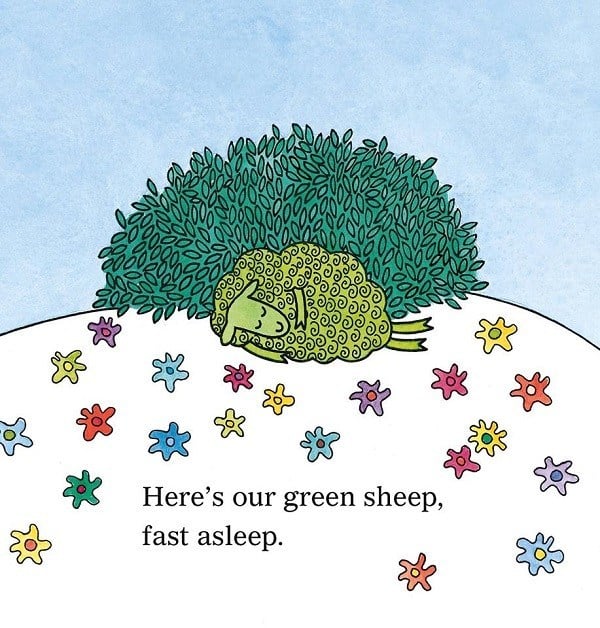
4. Gorgeous illustrations
I’ve left one of the most important elements of Where is the Green Sheep until last: the illustrations.
A picture book doesn’t exist without the pictures and Judy Horacek’s gorgeous watercolour illustrations are hilarious and gorgeous and make me smile every time I read the book.
In fact, Mem says that the idea for the book came to her when she saw a watercolour by illustrator Judy Horacek on Judy’s website. She says that it was “a heavenly, pale green, woolly sheep standing in a dark green field. I fell in love with it.” So she wrote to Judy, who had illustrated Mem’s book Reading Magic (a copy of this is in all our book gift baskets), and the two ended up working together to create Where is the Green Sheep? (Fox, 2013).
Obviously, the illustrations are a hugely-important part of any picture book and Judy’s are wonderful and perfectly-suited to the gentle, whimsical tone of this particular picture book.
Fun fact: you can see some of the sheep Mem and Judy considered for the book but decided not to use on the hillside of sheep near the end of the book. Among others, there’s a Ned Kelly sheep and a Carmen Miranda sheep – just for fun!
Final thoughts about the Green Sheep
Where is the Green Sheep? is included in our Baby’s First Library Gift Basket and it continues to be the book about which I receive the most feedback. Parents say that their children ask for it to be read again and again and often tell me they carry it around with them during the day.
Quite simply, Where is the Green Sheep? is a wonderful book for small humans.
It rhymes beautifully and the illustrations are cute, whimsical and appealing, for adults as well as for children. It’s short enough to hold the attention of small humans, the text is simple and relatable and the book has a deliciously satisfying rhythm when read aloud. There’s also the element of mystery and adventure with a satisfying and comforting resolution at the end.
And if you’re wondering where the green sheep may have been on his (her?) adventures, have a look at this little clip made by the people at Penguin Books.
Over to you
Is Where is the Green Sheep? a favourite at your place?
What do your little ones like most about the book?
I’d love to hear what you think so drop me a line in the comments.
References
Dapin, M. (2014). Mem Fox: the long, short (and green) of it. The Sydney Morning Herald. Retrieved 1 June 2021: https://www.smh.com.au/
Fox, M. (2013). (The Story Behind) Where is the Green Sheep? Retrieved 1 June 2021: https://memfox.com/
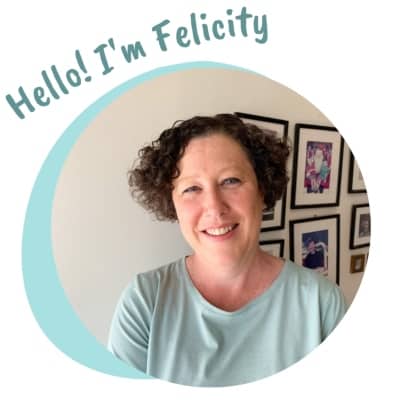
I’m Felicity - a parent to three young humans and a primary school teacher who loves books.
I’m passionate about helping parents discover the joy of reading to their little ones and I love helping you discover quality picture books to share with the babies and small humans in your lives.
I also create gift baskets and Little Book Gifts filled with the very best books for children from newborns to four-year-olds. You can check them out here.
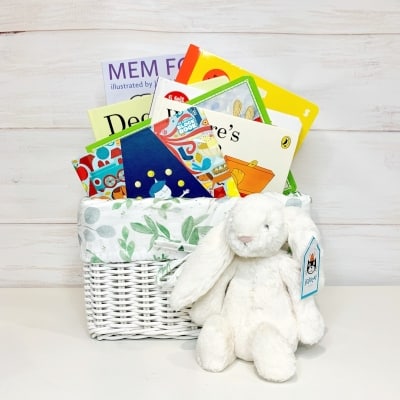
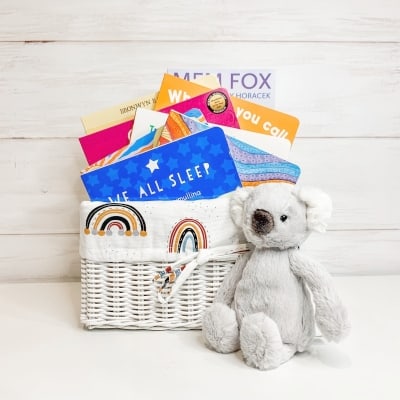
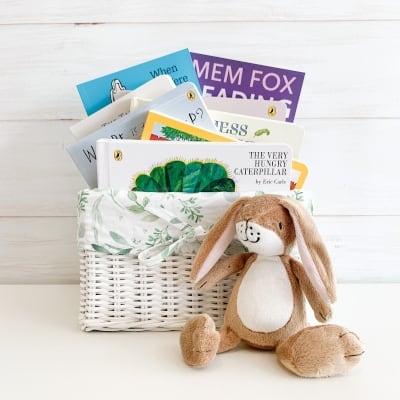
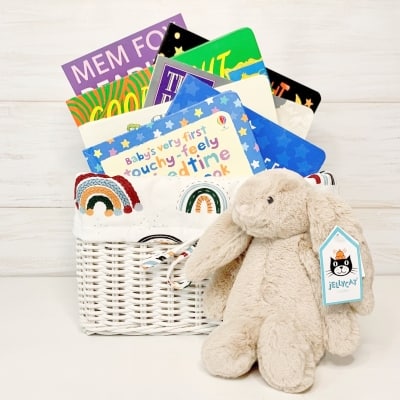
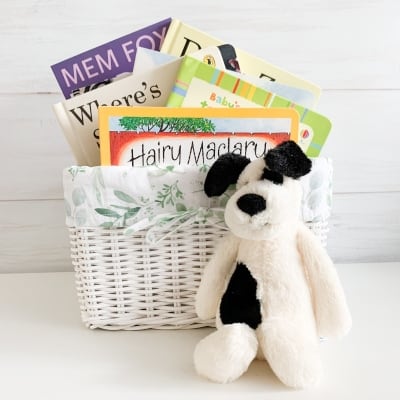
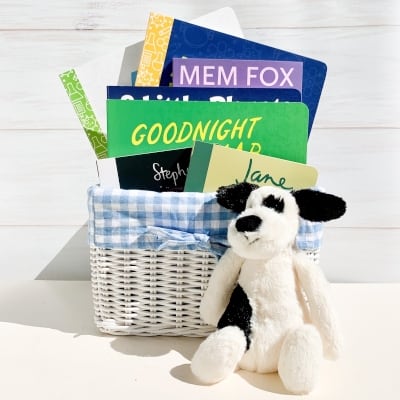
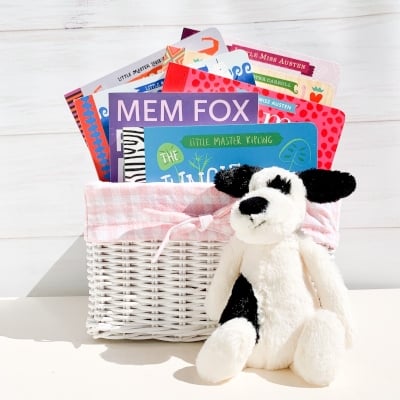
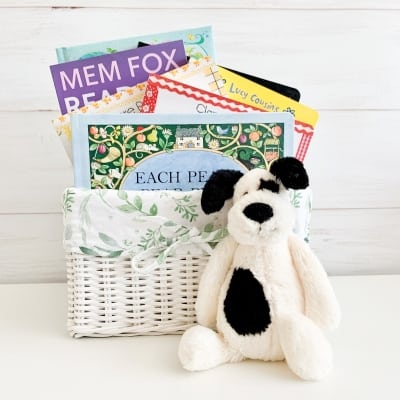
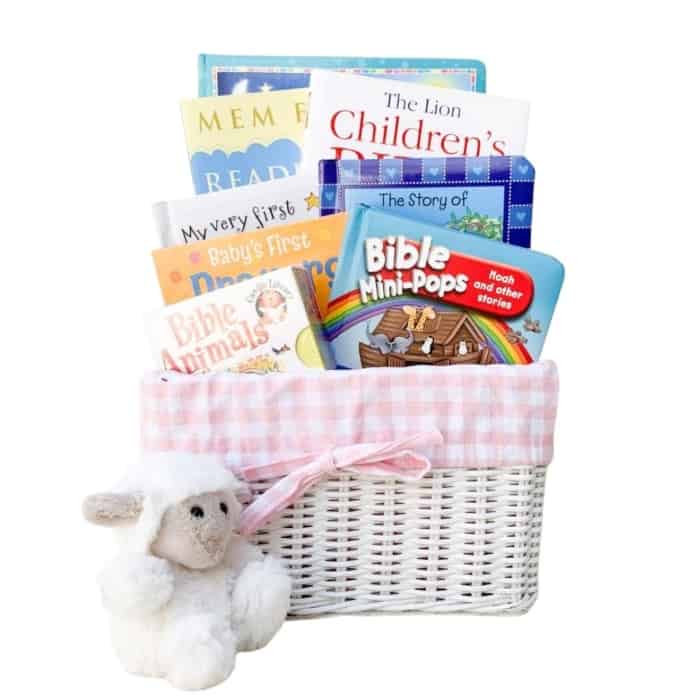
0 Comments